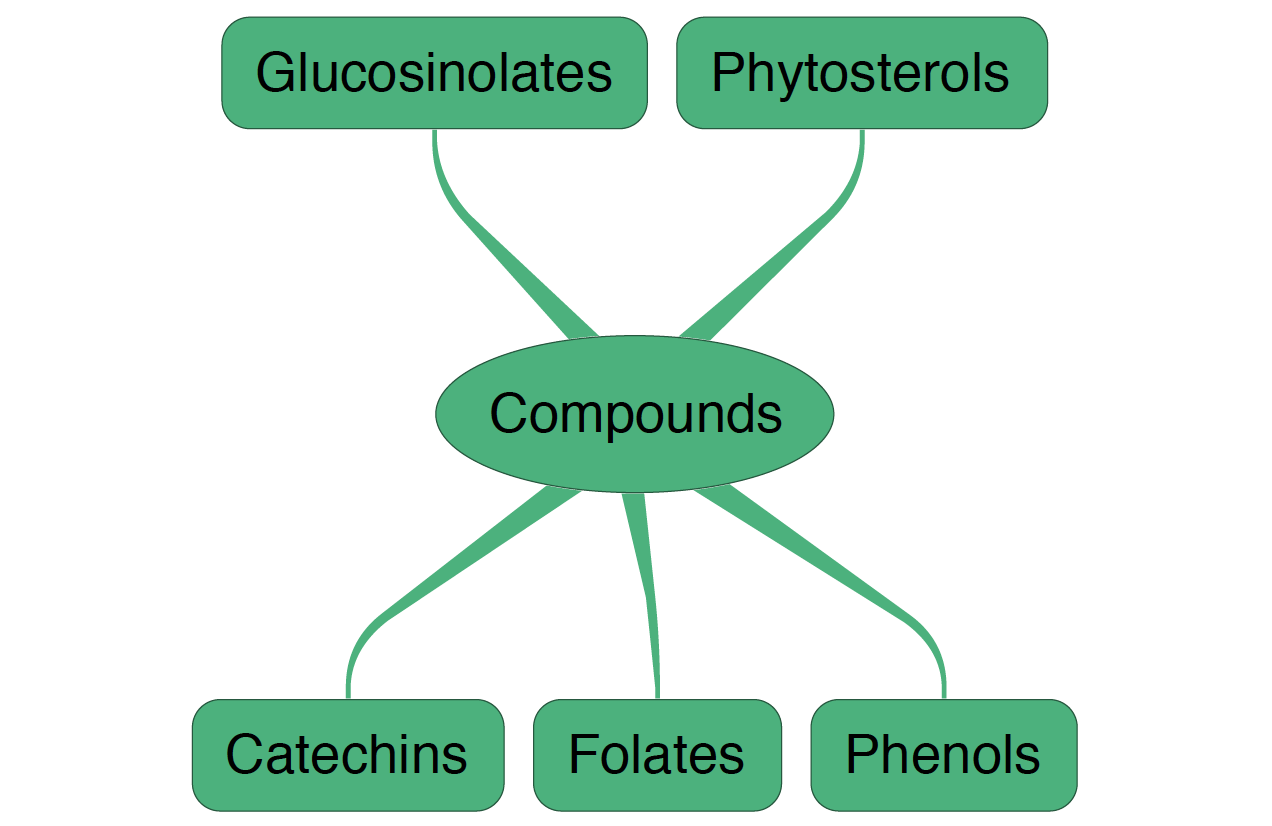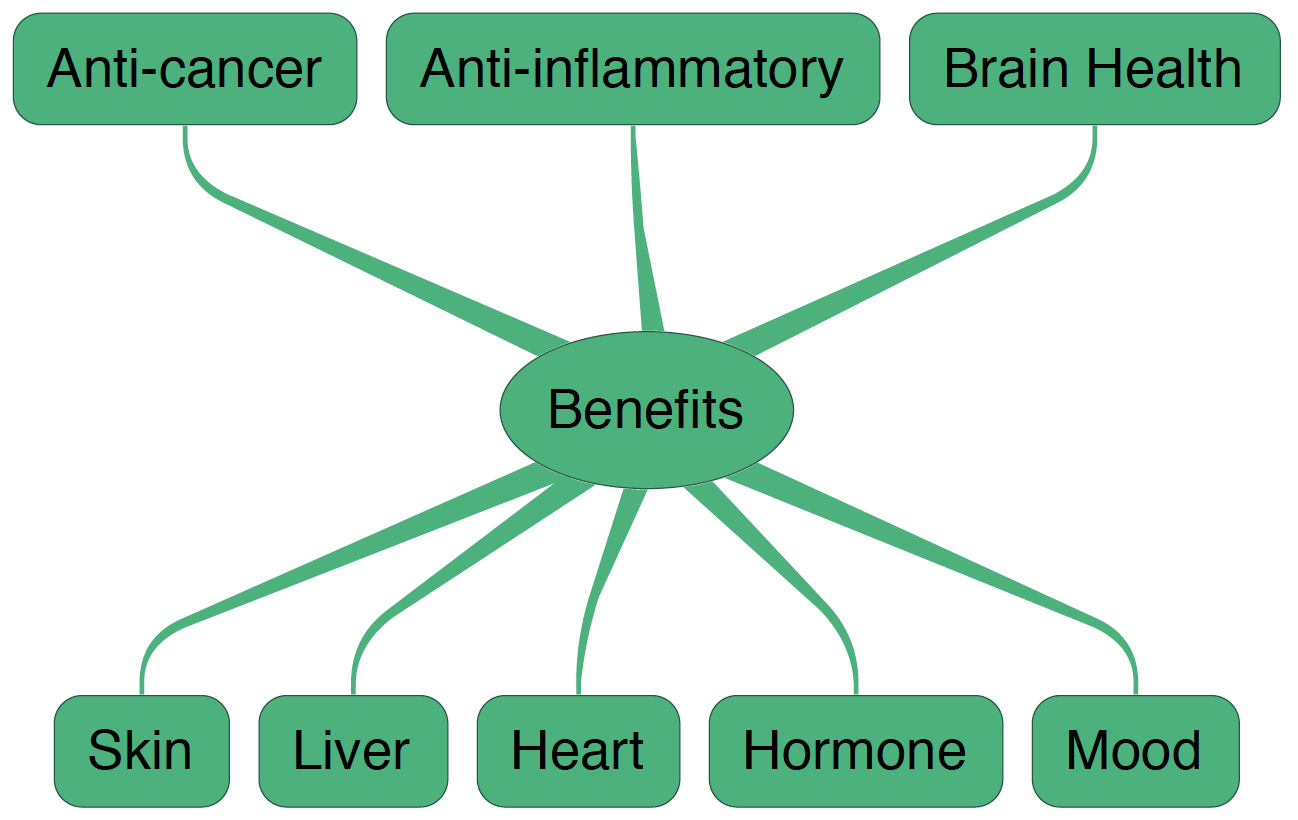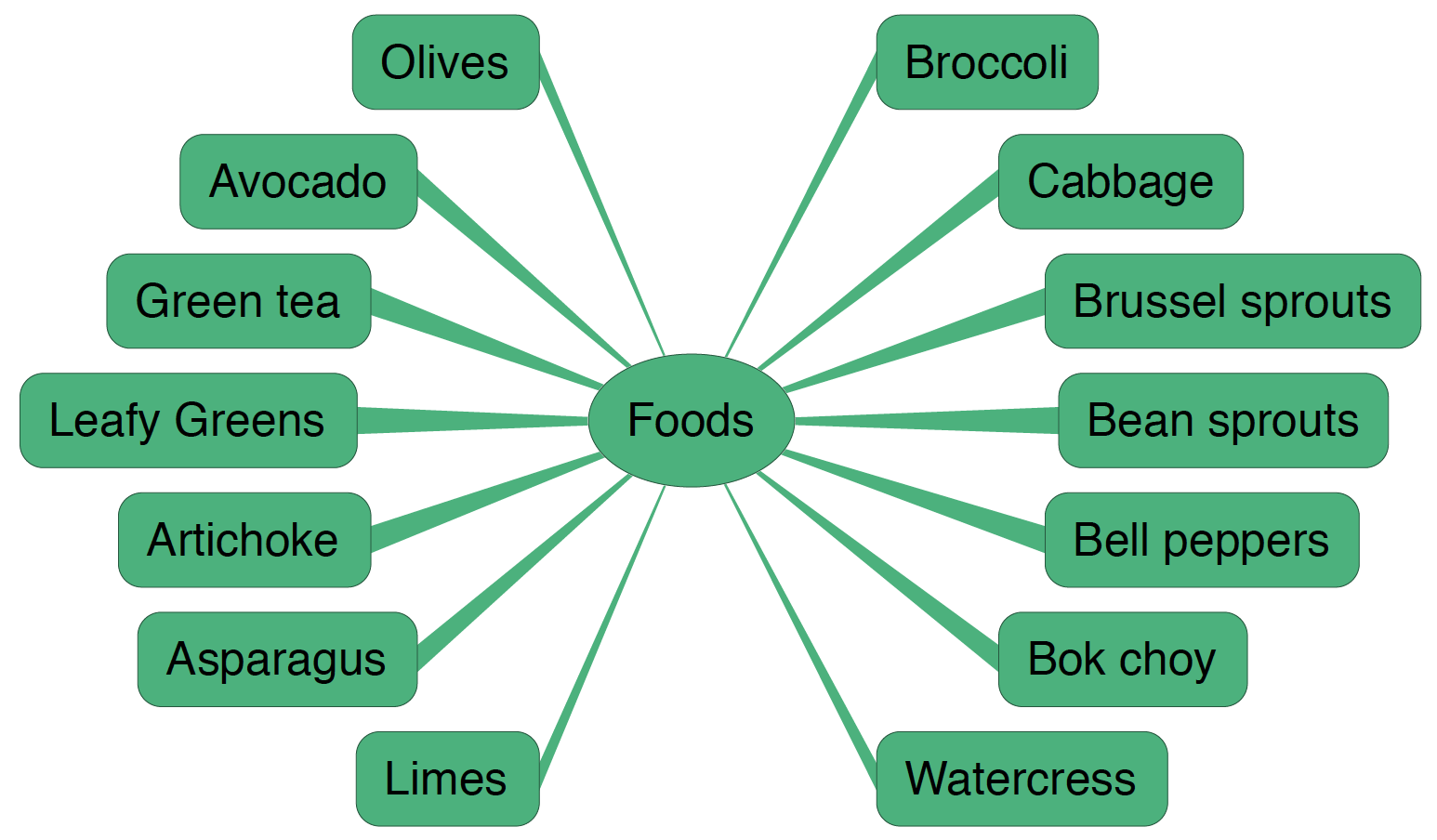Knowledge Wears Well with Time.
It's been said that knowing about the natural world is a more enjoyable way of being in the world. I tend to agree.
I remember when I first discovered the numerous names of clouds, like cirrus, stratus, cumulus, cumulonimbus, and so on. I began to notice each one distinctly. The sky stopped being just wall paper. It was filled with real things.
Likewise, knowing about my food has become a more enjoyable way of being with my food.
Take greens for instance. The more I learn about them, the more I savor them, even crave them.
I know. Green is a lowly color. Boring, boring, boring. The earth is fairly decked in green (just as the sky is decked in clouds). I think that's at least part of the reason why we tend to push greens to the side of our plates, in favor of more interesting things like—well, let's face it, lasagna.
And yet, few things could be more interesting to the body than green. Why? Because the body already knows the many names of green. It has an ancient memory for this sort of thing. Your body has miles of code and critical pathways dedicated to every compound in the green phytonutrient spectrum.
And what the body knows, it appears to enjoy. Intensely.
What's in a Name?
The list of healing compounds associated with green is so long, it cannot be covered in a single post, or even several. So, I'm going to call out just a few categories of phytonutrients to raise our awareness—and our enjoyment—of nature's most dominant food coloring.

Glucosinolates.
This category of phytonutrients gives cruciferous veggies their famous anti-cancer properties. It's also what makes them a bit stinky, because glucosinolates contain a lot of sulfur. Turns out, the liver needs plenty of sulfur to eliminate toxins.
When you chop or chew cruciferous veggies, glucosinolates break down into compounds like indole-3-carbinol and sulforaphane. These and other compounds help the body eliminate excess estrogen. This makes women who consume large amounts of cruciferous veggies less likely to develop estrogen-sensitive breast cancers, uterine cancers, or cervical cancers. And for men, there may be some advantages to clearing estrogen as well, because it frees up testosterone to do its job. Yo!
Examples of cruciferous veggies include:
- Arugula
- Bok choy
- Broccoli
- Broccolini
- Brussel sprouts
- Cabbage
- Collard greens
- Kale
- Kohlrabi
- Mustard greens
- Watercress
Prepare these veggies with low heat and minimal cooking time to preserve their nutrients. Best cooking methods are light steam or sauté.
Phytosterols.
These are simply plant sterols. They are molecularly similar to the famous sterol we all produce ourselves—cholesterol. You may have heard of cholesterol? The role of cholesterol in heart disease is more complex than we once thought (inflammation probably matters more), but it's still something people often worry about. Phytosterols appear to decrease the absorption of cholesterol from the gut, by competing for absorption ports there. Eating green things with your meat may be a good idea—for more reasons than one, as we shall see.
Good sources of phytosterols include:
- Avocado
- Olive oil
- Sunflower seeds.
Catechins.
Think green tea. I know I'm Dr. Strangelove when it comes to bitter compounds, but I really do love them. I used to be known for my jet black coffee (when I drank coffee). And now I can be seen savoring dark cacao nibs and astringent dandelion greens. Catechins are just as bitter.
The particular catechin found in green tea is not only good for you but also fun to say, Epigallocatechin gallate. Most of the time you see it abbreviated as ECGC, but darn it all, I like saying the whole thing. It sort of gallops off your tongue: Epi-gallo-catechin-gallate. See what I mean?
According to the National Institutes for Health, ECGC is "the most effective cancer chemopreventitive in green tea." And now you can impress your friends at Starbucks. They will order a triple-sugar, double-back-flip mocha, and you'll just have "a cup of Epi-gallo-catechin-gallate please." Ok, maybe you won't do that. But you can still enjoy the sound of it in your head.

Folates.
While technically not a phytonutrient, this incredibly important B vitamin (B9) is worth mentioning. Because leafy greens are one of the best sources of biologically active B9.
Typical vitamin supplements offer you only a man-made synthetic form of B9, generally called folic acid, which is metabolized slowly and incompletely by the body into biologically active forms like folinic acid and methylfolate.
Unfortunately, about half the population doesn't metabolize folate well to begin with. So, in general you are better off starting with the biologically active forms rather than trying to shove an inactive form down a sluggish pathway. There is even some evidence that the incompletely metabolized synthetic folic acid may cause problems over time, like cancer, although this is up for debate.
So if you take a folate supplement, insist that it contain folinic acid or better yet, methylfolate (L-5-methyltetrahydrofolate, or simply 5-MTHF). The prenatal supplement industry has been slow to recognize the tremendous genetic variability in human folate metabolism. You will have to look around to find a supplement that provides biologically appropriate alternatives to synthetic folic acid. I find this troubling.
And of course, I've saved the best for last: Folates are not just important in prenatal nutrition, where they prevent infant neural tube defects like Spina Bifida. They are also critical for adult mental health. If you struggle with your mood, take note. There is a whole body of research now linking genetic variations in folate metabolism to major depression, bipolar, and schizophrenia. These genetic variations are called polymorphisms and they affect huge numbers of people. So whatever else you do, eat your greens. Many, much, mucho greens.
(Note: You may want to consider getting some genetic testing done, to see if you might benefit from methylfolate supplementation. For more information on the specific genetic variants associated with altered folate metabolism (MTHFR, C677T, A1298C, etc.), check out the links provided above. You may also find Dr. Ben Lynch's Video Tutorial helpful. Meanwhile, ramp up your intake of leafy greens. Did I say that already? One more time. Eat more greens for your genes.)
Plant Polyphenols.
I'll keep this one short, because I have covered phenols in depth in my post: Olive Oil: My Best Fat Friend for Life. For now, just know this: polyphenols are like pixie dust. Short of making you fly, they sparkle through your body and do all sorts of magical things. Stay tuned. We'll have more phenolic fun in the future.
14 Foods That Look Good on You.

Okay. You are now officially approved for St. Patrick's day. If anyone tries to pinch you on March 17, tell them at the very least you're green on the inside. Or just invite them over for some Epigallocatechin gallate. They'll probably leave you alone.
Yours in Health and Resilience,
Marc Wagner
Nutritional Therapist, MD
P.S. If you like your greens to go down nice and easy, check out my Extremely Simple Spinach Sauté. It's one of my all-time favorite recipes.
bon appétit!
